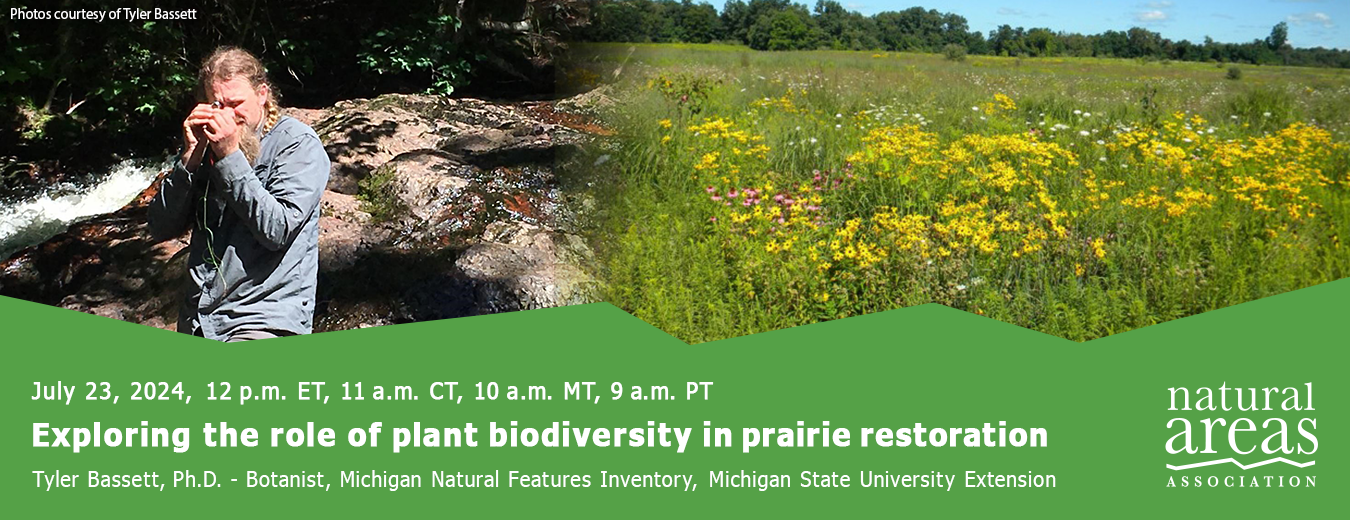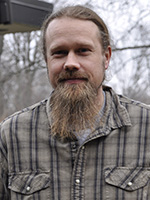
Ecological restoration aims to promote diverse native ecosystems because biodiversity underpins how ecosystems function, especially when composed of native species adapted to the environmental conditions and species interactions that structure an ecosystem. Managers control restoration outcomes through seed mix design, site prep, and post-restoration management. Restoration outcomes, however, can be unpredictable due to an incomplete understanding of how abiotic and biotic conditions such as soil properties, landscape context, climatic variation, site land use history, and invasive species interact with management decisions. Insights from ecological theory including community assembly, invasion biology, and diversity-function relationships provide useful frameworks for increasing the predictability of restoration outcomes. I will discuss results from work in prairie restorations in Michigan, Indiana, and Illinois conducted over the past 13 years. This research has leveraged ecological theory to better understand the importance of decisions under the control of land managers, relative to background environmental variation, for determining the establishment of diverse native plant communities and how that restored diversity contributes to the functioning of prairie restorations.

Tyler Bassett, Ph.D.
Botanist, Michigan Natural Features Inventory | Michigan State University Extension
Tyler is a botanist and plant ecologist with the Michigan Natural Features Inventory, Michigan State University Extension. He studies the ecology, classification, and management of ecosystems, with a focus on the rare plant species they support. In particular, he has a passion for understanding and restoring the fragmented and fire-suppressed prairie-savanna landscapes of the upper Midwest. He has worked in private, public, non-profit and academic spheres for over 20 years to bring the science and practice of conservation and restoration together to improve outcomes for biodiversity. He earned a B.S. in Biology from Western Michigan University in 2000 and PhD from Michigan State University in 2017.
Support the people who manage our natural areas and protect biodiversity in perpetuity.